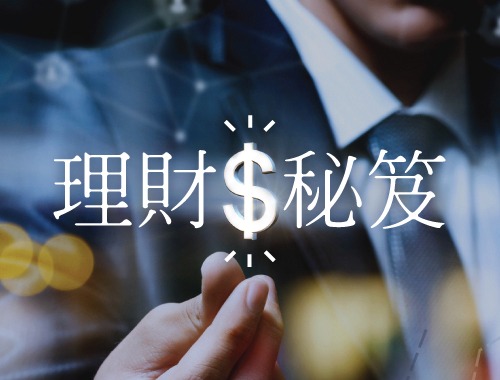BEIJING, Oct. 18, 2024 /PRNewswire/ -- A report from People's Daily: Marine-related industries are creating abundant new opportunities for China's economy. In 2023, the GDP of China's marine economy exceeded 9.9 trillion yuan ($1.4 trillion), accounting for 7.9 percent of the country's GDP and contributing to a 0.4 percent growth in the country's national economy.
In June 2023, wind turbine blades that measured 123 meters long, equivalent to the height of a building over 40 stories tall, were shipped to the waters off Pingtan, southeast China's Fujian province, and would be installed on a 16 MW wind turbine unit.
This remarkable 16 MW unit can produce over 66 million kilowatt-hours of "green electricity" annually. "It has set a world record for the highest daily electricity generation of 387,200 kilowatt-hours, equivalent to the daily electricity consumption of over 100,000 people," said Zhang Zhe, general manager of the Fujian branch of energy firm Goldwind.
To achieve the domestic independent research, design, and manufacturing of the 16 MW offshore wind turbine, Goldwind, in collaboration with Chinese power company China Three Gorges Corporation, formed over 30 research teams, bringing together nearly a thousand researchers. Over a period of 18 months, they overcame multiple challenges such as lightweight, ultra-long flexible blade design, domestic design of main bearings and transformers, and single-blade hoisting design.
Backed by strong technological innovation, China's marine power generation industry has constantly expanded, with demonstration projects of marine renewable energy steadily progressing and the added value of the industry maintaining high-speed growth for consecutive years. As of the end of 2023, the total installed capacity of offshore wind power in China had reached 37.28 million kilowatts.
The ocean not only produces green electricity, but also serves as a "blue granary" enriching the Chinese people's diet.
In a breeding and selection base of Hainan Chenhai Aquatic Co., Ltd. in Yazhou Bay Science and Technology City, Sanya, south China's Hainan province, a wide variety of marine fish species are bred.
"For many years, we have been rooted in the scientific research and application of marine fish breeding, establishing a germplasm resource bank and gene bank for tropical marine fish. We are working to make aquaculture sources independent and controllable, allowing people to enjoy high-quality and affordable marine fish," said Cai Chunyou, chairman of the company.
So far, the company has artificially bred 52 species of tropical marine fish, with a parent stock inventory of over 100,000 fish, and the longest breeding period exceeding 20 years.
The company has established an ecological industrial chain that integrates variety breeding, selection, promotion, fish trade and relevant study tours. It is also encouraging tens of thousands of aquaculturists to embrace common development via cooperative projects.
In recent years, China has been continuously strengthening the research and application of marine aquaculture breeding technology, innovating aquaculture techniques, and accelerating the construction of marine ranches.
By vigorously developing deep-sea aquaculture equipment and smart fishery, China is driving the marine fishery industry towards informatization, intelligence, and modernization, promoting its high-quality development. As a result, an increasing amount of green, healthy, and high-quality food from the ocean is making its way onto the dining tables of the Chinese people.
As a populous country, China faces severe water scarcity, with per capita water resources amounting to only a quarter of the world average. Developing the seawater desalination industry to increase the available water resources has become an important approach to addressing the issue of water scarcity in coastal regions.
Walking into a facility of Xianda (Tianjin) Seawater Resources Development Co., Ltd. located in the Nangang Industrial Zone of north China's Tianjin municipality, one can see rows of neatly arranged membrane seawater desalination equipment.
Thirteen kilometers away, seawater near the coast is being drawn and transported to this desalination equipment, undergoing several intricate desalination processes. Eventually, the seawater is transformed into clean fresh water and supplied to industrial enterprises in the Nangang Industrial Zone.
After years of development, China has initially built a seawater desalination industrial chain covering research and development, equipment manufacturing, engineering contracting, water production operation, comprehensive utilization, and other aspects.
Back in 2012, China could desalinate 770,000 tons of seawater per day, and the number has grown to 2.52 million tons per day by 2023. This sector ensures the development of coastal industries such as petrochemicals, power and steel, and also offers irreplaceable domestic water for residents on remote islands.
source: People's Daily
《說說心理話》說說心理急救:遇危急事故應如何面對?點樣正確提供情緒支援?講錯說話容易造成二次傷害!► 即睇































